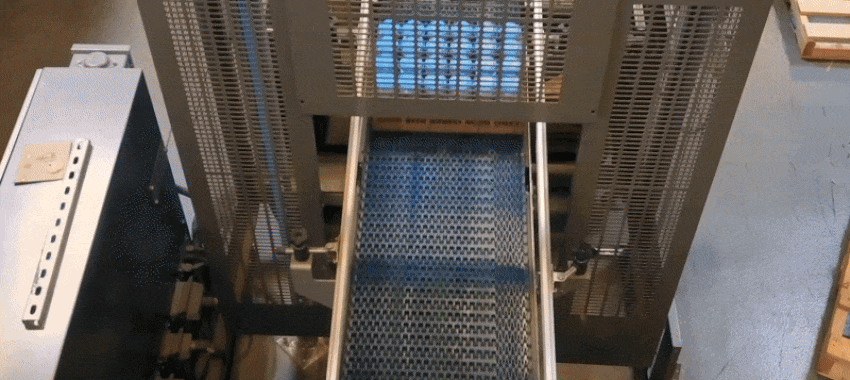10 Interesting Facts About Recycling Packaging Material
July 23, 2025
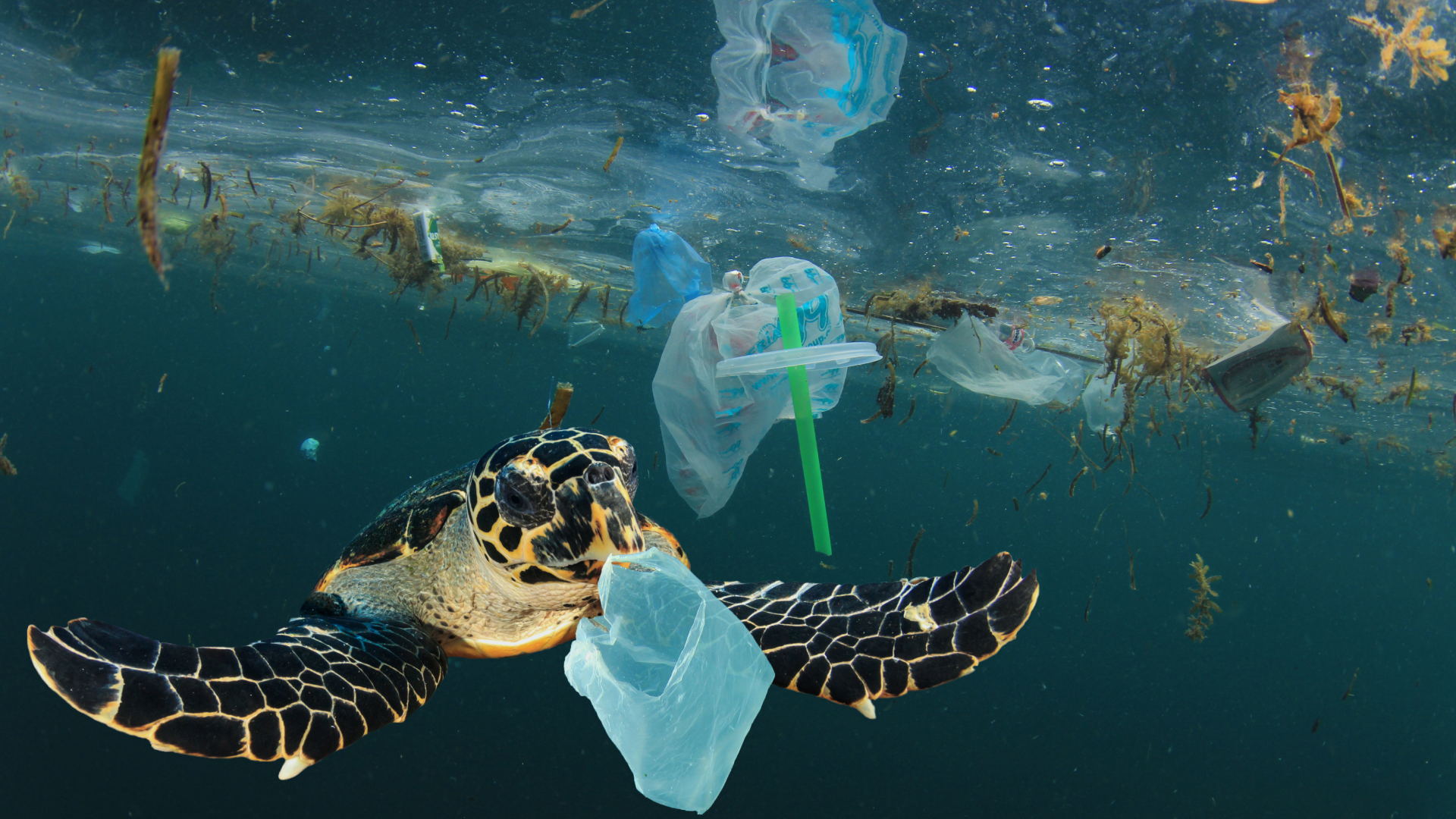
The packaging industry has always been material-heavy. The rise of eCommerce in the last two decades has dramatically increased raw material consumption, as well as the amount of waste produced. But with growing environmental concern among consumers and businesses, the push towards recycling packaging materials is also growing.
According to the Environmental Protection Agency (EPA), in 2018 the US produced 292.4M tons of municipal solid waste (MSW), of which 69M tons were recycled and 25M tons were composted.
Here are 10 interesting facts about recycling packaging material to help you along on your own sustainability journey.
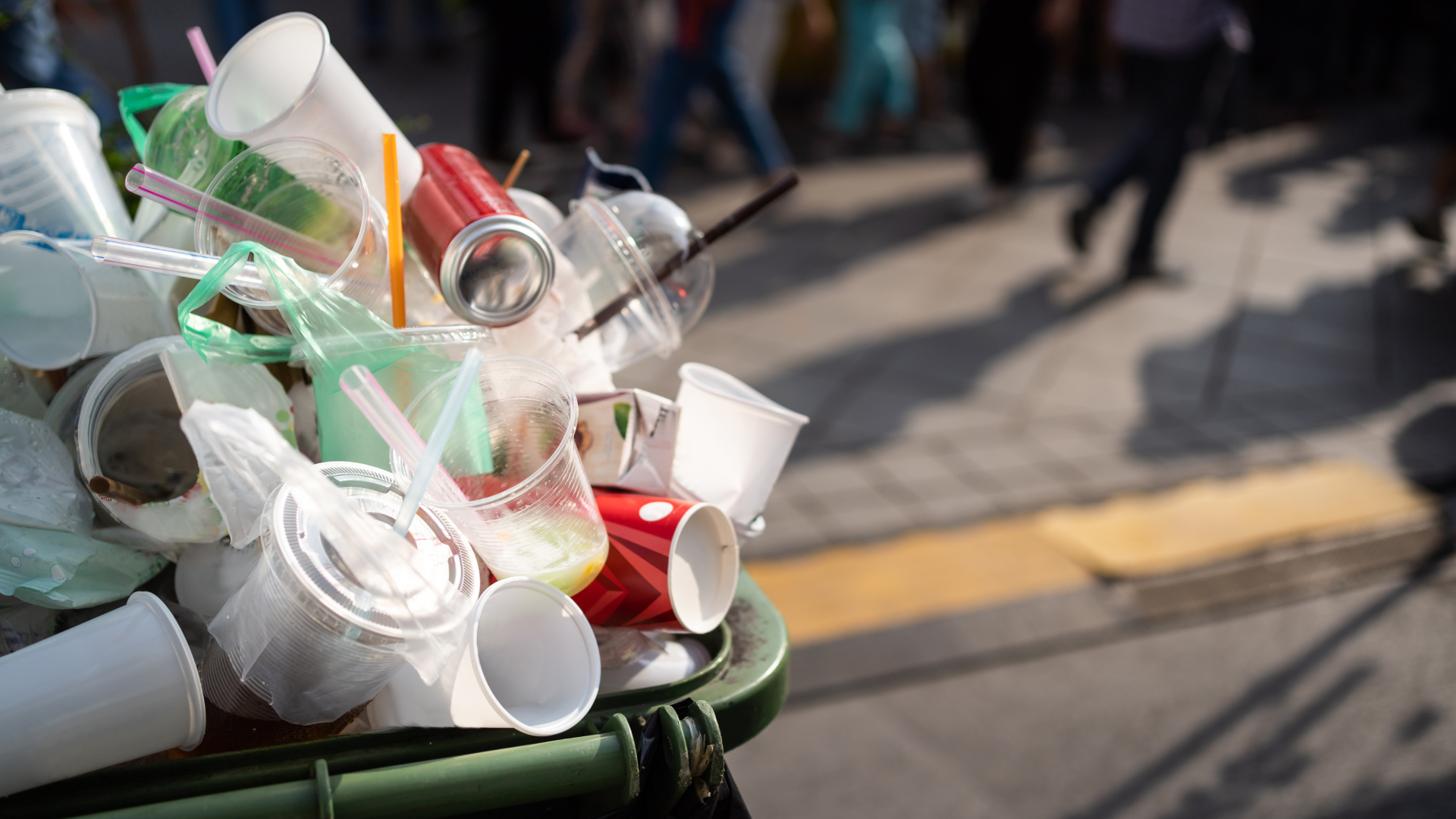
1. The EPA’s National Recycling Goal is 50% by 2030
According to the EPA, recycling is not only a good way to save resources, it’s also a key driver of the US economy. That’s why in 2020, the agency set a first-ever national goal to increase the recycling rate to 50% by 2030. Challenging businesses, communities and individuals to join the collective effort, they laid out three key measures:
- Measure 1: Reduce contamination in recycling by educating the public about what can and can’t be recycled, ensuring clean, recyclable materials (e.g., paper, glass and plastic) can be processed without contamination.
- Measure 2: Increase recycling process efficiency by investing in new equipment and making curbside recycling more accessible, so more of the materials that are intended to be recycled can actually be recycled.
- Measure 3: Strengthen the market for recycled materials by using policies and incentives to encourage consumer demand, so manufacturers will make more products with recycled materials.
2. 11 US States Introduced Packaging Bills in 2023
Did you know less than 50% of the 80 million tons of packaging waste in the US each year is recycled? Packaging extended producer responsibility (EPR) policies aim to change that by holding businesses responsible for the environmental impacts of their packaging. In 2023, 11 US states, with a combined population of close to 92M people, introduced EPR packaging bills: Connecticut, Hawaii, Illinois, Maryland, Massachusetts, New York, North Carolina, Rhode Island, Tennessee and Washington.
These states join California, Colorado and Oregon, which had previously enacted EPR laws. For example, California’s SB 54 requires 100% of single-use packaging to be recyclable or compostable by 2032. Colorado’s producer responsibility program aims to make recycling more convenient and effective for consumers, and requires companies that sell packaged goods to fund the statewide recycling program. Oregon’s EPR law shifts responsibility for recycling to the companies producing the materials, charging use-based fees which pay for the state’s recycling infrastructure.
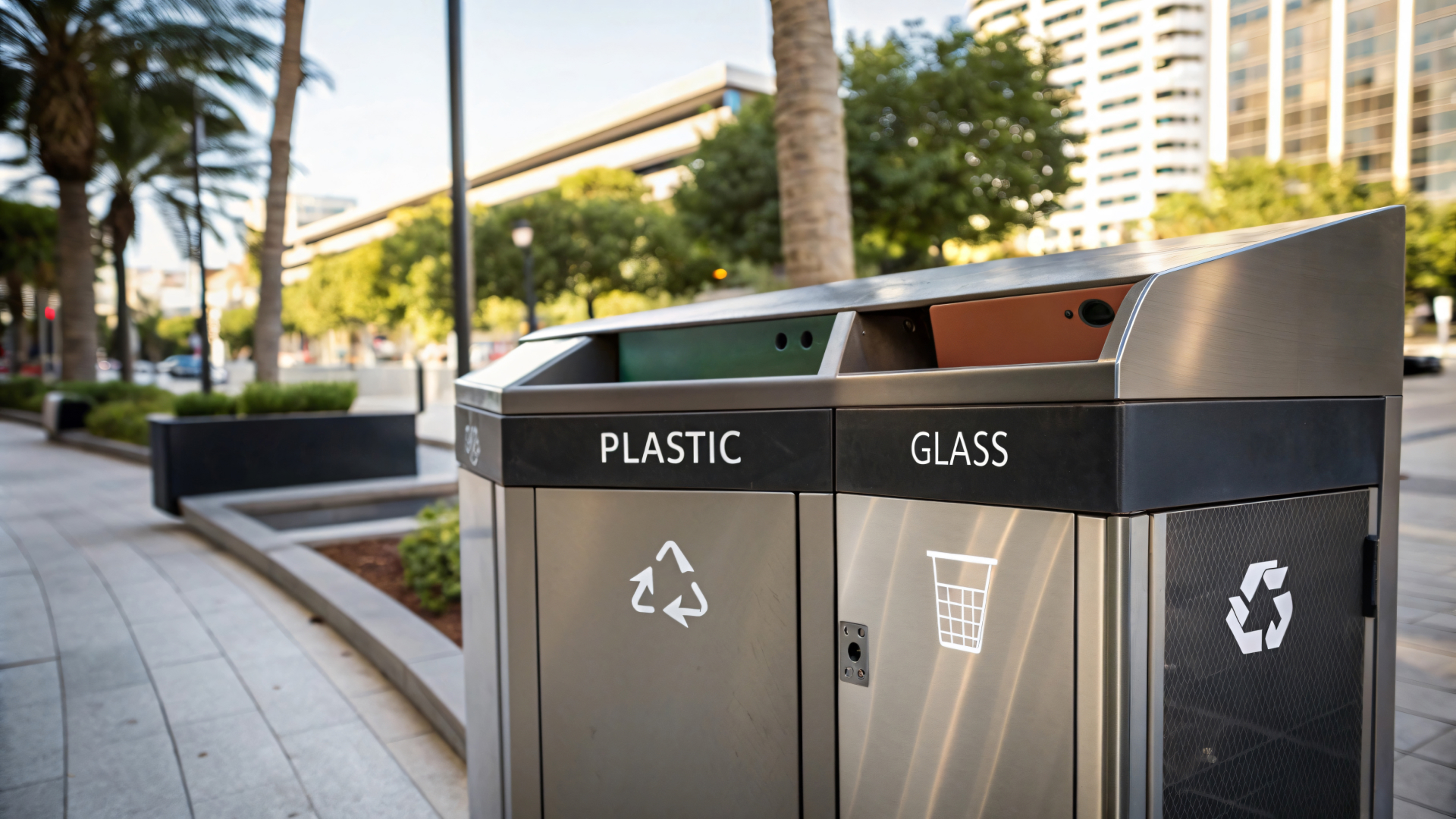
3. 28% of Municipal Solid Waste (MSW) in the US Is from Containers and Packaging
According to the EPA, nearly one-third (28%) of MSW produced in the US comes from packaging and containers. That’s a staggering amount of waste! This includes food and beverage products, pharmaceuticals, cosmetics and personal care products, plus any additional materials used to wrap and protect these products during shipment. Common packaging materials include corrugated cardboard, paper and paperboard, plastics, glass, aluminum, steel and wood. While some of these materials are recyclable, many are single-use and contribute significantly to landfill waste, causing long-term environmental damage. In fact, less than a quarter (23.5%) of the total MSW produced each year is recycled, according to the EPA.
4. Paper and Paperboard Production Capacity Was at 74 Million Metric Tons in 2023
Yup, you read that right. According to Statista, the US produced roughly 74M tons of paper and paperboard in 2023, with capacity expected to stay the same through 2025. That’s a lot of cardboard boxes! The good news is, while paper and paperboard production has been increasing steadily since the 1960s, so has the percentage of products that are recycled each year.
For example, in 1960, of the 14.1M tons of paper-based packaging waste produced, 11.4M tons were sent to landfills while just 2.74M tons were recycled. By 1980, production had nearly doubled to 26.35M tons, with 7.2M tons being recycled. Production reached 39.9M tons in 2000 and nearly half (21M tons) were recycled. In 2018, close to 80% (33.9M) of the 41.9M tons produced were recycled. According to the EPA, corrugated boxes account for roughly 95% of recycled paper and paperboard containers and packaging.
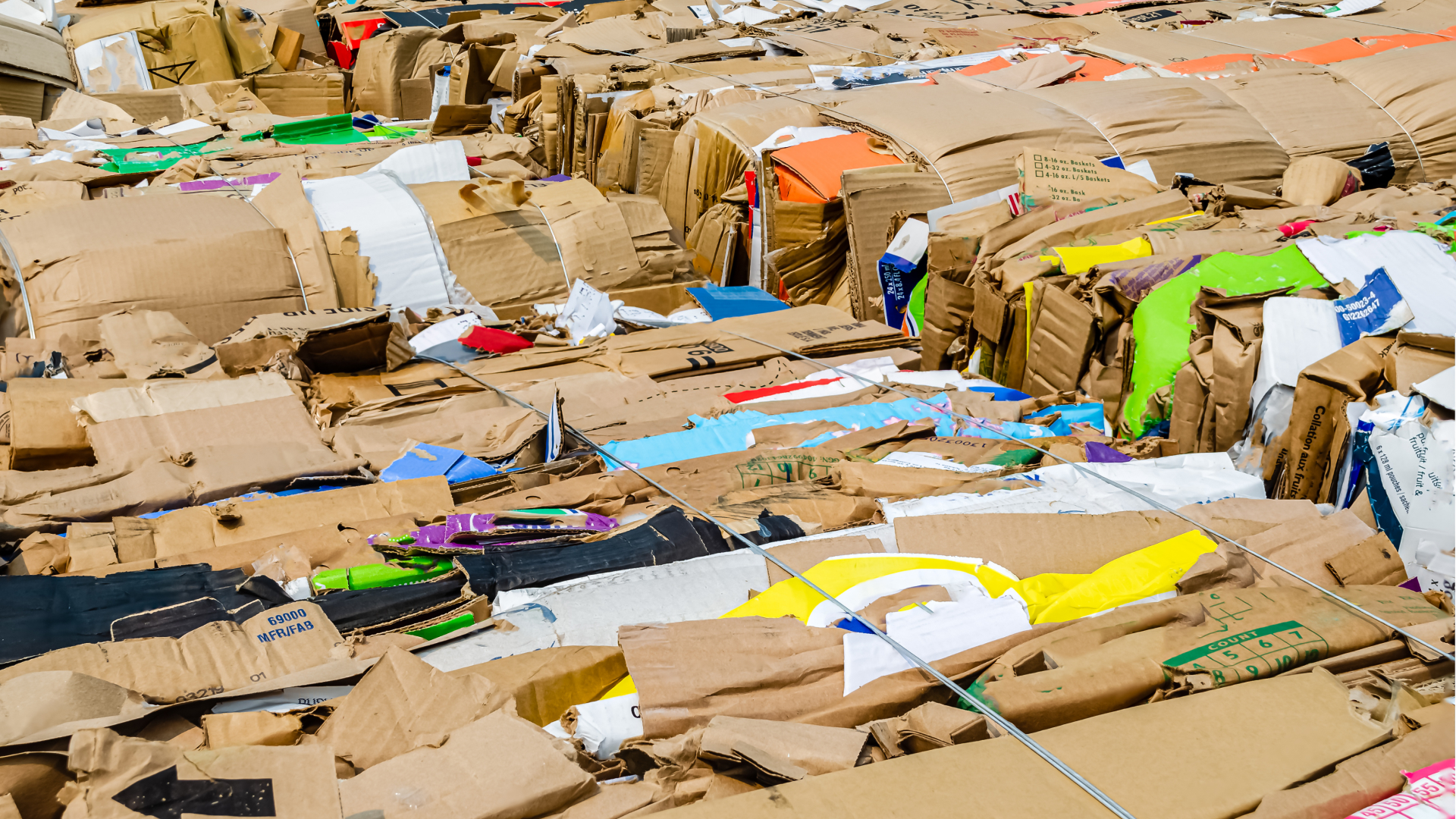
5. There Was a 58% Increase in Glass Containers and Packaging Production
Glass is recyclable, versatile and widely used for food, beverage and cosmetics packaging. In 2018, 9.8M tons of glass was generated in the US, around one third (3.06M) of which was recycled. Glass production has also increased considerably since 1960, but it’s actually seen a slight decrease in the last 20 years. In 1960, 6.2M tons of glass was produced in the US, with just 100,000 tons being recycled and the rest ending up in landfills. By 1980, production had more than doubled to almost 14M tons, less than 1M of which (750,000 tons) was recycled.
Ten years later (1990), production had fallen to 11.8M tons—but recycling had increased to 2.6M tons. In the last three decades, the amount of glass containers and packaging in MSW has continued to decrease slowly, while the percentage of that material that’s recycled has continued to climb.
6. The US Produced 14.5 Million Tons of Plastic Containers and Packaging in 2018
Plastic packaging comes in many different forms, from ubiquitous PET bottles to plastic bags, clamshell containers and products made from a wide range of other resin-based materials. In 2018, we produced a combined total of 14.5M tons of plastic containers and packaging materials, accounting for about 5% of total MSW. Plastic production has more than doubled since 1990, when we generated 6.9M tons (and recycled just 260,000). If we look back to 1960, just 120,000 tons were produced nationwide, with a 0% recycling rate. While the amount of plastic we recycle has been increasing since 1990, it’s still low compared to plastic and paper. Just 13% of plastic packaging was recycled in 2018.
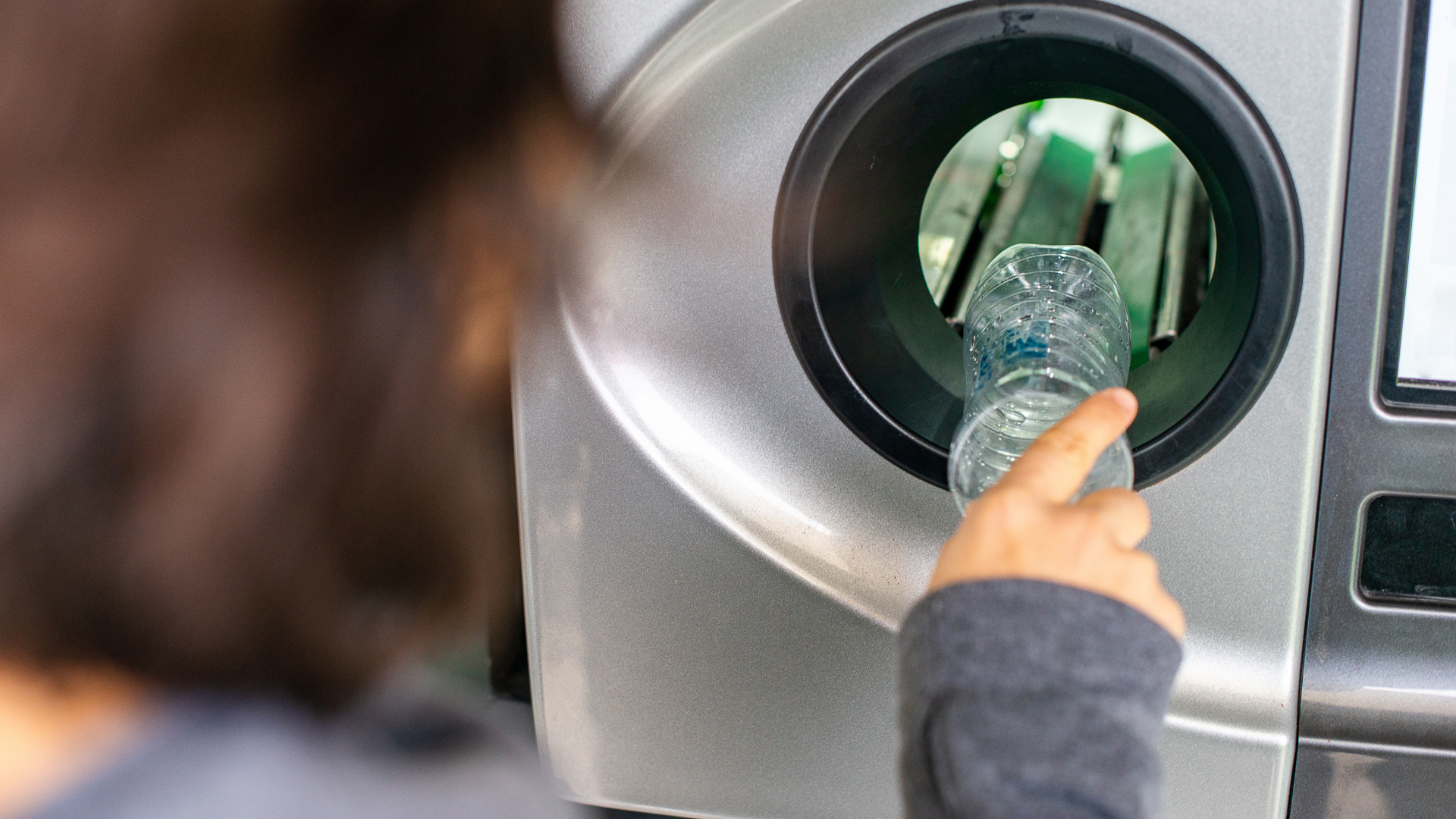
7. 9 of 10 Top Recycling Rate States Have Deposit Return Systems
Incentive systems are a great way to encourage people to recycle. In fact, nine of the top 10 recycling states used deposit return systems (DRS) to give people an incentive to recycle beverage containers including cans and bottles. These programs add a small deposit to the price of the beverage, which is returned when the container is recycled. For example, California offers a California Redemption Value (CRV) of 5 cents for containers smaller than 24 oz and 10 cents for larger containers.
Many of the other top-recycling states also have bottle bills, including Maine, Vermont, Massachusetts, Oregon, Connecticut, New York, Michigan, New Jersey and Iowa. In addition to helping states achieve higher recycling rates, bottle bills and DRS’s help to reduce litter and can help communities save money on waste management, as all curbside recycling essentially “donates” the refunded deposit to the waste management company.
8. 71% of Global Consumers Choose Products Based on Sustainable Product Packaging
Savvy brands know that consumers today use their spending power to act on their values. With increasing awareness about climate change, eco-minded shoppers are looking to buy from brands that share their values. This includes opting for products that use sustainable packaging. According to a recent report, 71% of consumers are actively choosing products based on packaging sustainability. Consumer interest in sustainable packaging has risen in the last few years, with two-thirds (59%) of shoppers looking for recycling or sustainability info on product packaging. Close to half (46%) of shoppers say unclear labeling was the biggest barrier to purchasing, so be sure to label your sustainable packaging clearly.

9. The Global Recyclable Packaging Market is Valued at More Than 30 Billion
Increasing consumer demand for recyclable packaging is also driving up market value. While the beverage segment currently leads the market, thanks to consumer desire for recyclable bottles and cartons, the food segment is growing fast. Right now, the U.S. holds the biggest share of the market, but growing environmental consciousness in the Asia-Pacific region is driving rapid expansion. As of 2024, the global market was valued at $30.53B and is projected to grow to $41.27B by 2027.
10. 60-70% of US Consumers Would Pay More for Sustainable Packaging
Consumers aren’t just seeking out sustainable packaging, they’re actually paying more for it. In a recent McKinsey & Co. survey, 38% of US consumers said sustainable packaging is extremely or very important when purchasing products and 60-70% would pay more for sustainable packaging. While price, quality, and brand still rank higher than environmental concerns when it comes to purchasing decisions, over half (55%) of US consumers say they are extremely or very concerned about the environmental impact of product packaging. As a topic that’s close to shopper’s hearts, recyclable packaging is also a smart business strategy.
How Ernest Can Help Businesses with Eco-Friendly, Recyclable Packaging
Ernest has a long-standing commitment to sustainability. In fact, we were touting green packaging solutions way before it was cool. Whether you want to incorporate post-consumer recycled content (PRC) into your packaging solution, switch to a more eco-friendly packaging design or replace a single-use packaging product with one that’s easily recyclable, we can help. Our team of packaging design and sustainability experts is ready to assist you in finding the perfect solution. Tap into the growing recyclable packaging market, appeal to eco-minded shoppers and do your part to protect the environment. We call that a win-win-win.
Packaging Design

